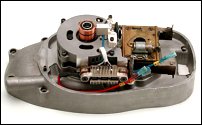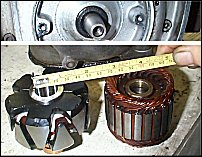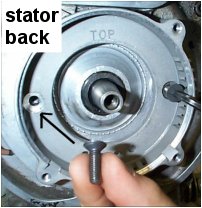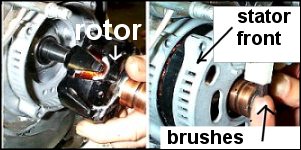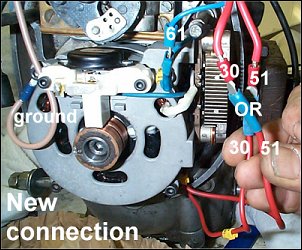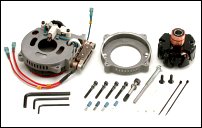
Installation Instructions Page 2
6-volt to 12-volt "Slap-on" Alternator Conversion Kit12-volt, 200 watt alternator with a built-in voltage regulator and diode board
for BMW motorcycles 1951-1969: BMW R51/3, BMW R67, BMW R68, BMW R50, BMW R50S, BMW R60, BMW R69S, BMW R69
